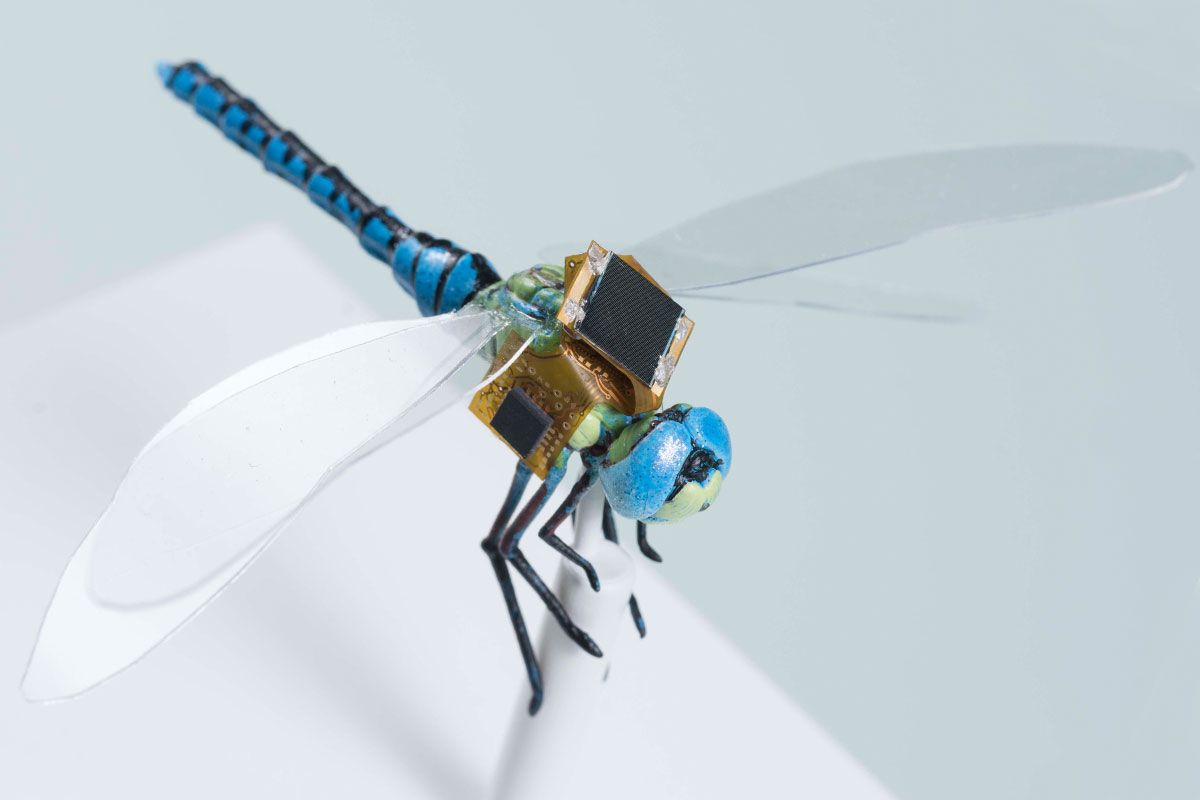Cyborg Insects Unleashed: Tiny Flying Spies, Data-Collecting Bees, and Pesticide-Dispensing Butterflies in the World of Espionage and Agriculture
Micro-Spies in Disguise: How DARPA Plans to Use Insects as a Frontier in Surveillance Technology In a world that is constantly evolving technologically, there are no limits to what can be achieved. In the most recent twist, the Defense Advanced Research Projects Agency (DARPA) has turned to the world of

Micro-Spies in Disguise: How DARPA Plans to Use Insects as a Frontier in Surveillance Technology
In a world that is constantly evolving technologically, there are no limits to what can be achieved. In the most recent twist, the Defense Advanced Research Projects Agency (DARPA) has turned to the world of insects to innovate surveillance technology and redefine agricultural resilience, employing nature itself as a tool of defense and espionage.
It's a realm of biotechnology that sounds straight out of a science fiction novel - tiny flying spies, data-collecting bees, and pesticide-dispensing butterflies. Two programs by DARPA, "Insect Allies" and "HI-MEMS", are pioneering this fascinating fusion of biology and technology.
"Insect Allies" aims to safeguard agricultural crops from potential biological threats. The strategy doesn't involve conventional methods such as chemical pesticides but instead employs insects to distribute viruses capable of altering the genetic makeup of plants. This virus-mediated gene-editing, or horizontal environmental genetic alteration agents (HEGAA), could help plants withstand droughts, floods, and even biological warfare, providing an unprecedented edge in food security.
On the other hand, the "HI-MEMS" program presents a narrative that seems to be pulled from a James Bond movie. By integrating micro-electro-mechanical systems (MEMS) with insects during their early stages of metamorphosis, DARPA hopes to create a new breed of bio-hybrids, part insect, part machine, that could be remotely controlled to fly to areas inaccessible or dangerous for humans. With miniaturized sensors and communication tools embedded within them, these 'cyborg insects' could relay critical information, marking a new frontier in surveillance and reconnaissance operations.
However, these programs are not without controversy. Critics argue that "Insect Allies" could potentially be weaponized, with manipulated insects potentially wreaking havoc on a country's agriculture. The very idea of gene-altering viruses being spread in the environment also raises important bioethical questions.
Similarly, "HI-MEMS" faces concerns about potential misuse for intrusive surveillance, raising major privacy issues. There are also questions about the potential ecological impacts and the practical feasibility of controlling these hybrid creatures.
Despite these challenges, if properly regulated and ethically implemented, these initiatives could present a significant leap forward in both agriculture and intelligence operations. Yet, as we venture into this unprecedented blend of technology and biology, it's crucial to tread carefully, considering not just what we can achieve, but also the potential consequences.
In this intricate dance with nature, we must ensure that we lead responsibly, respecting the boundaries of ethics and ecology, while exploring the immense possibilities that lie before us.




